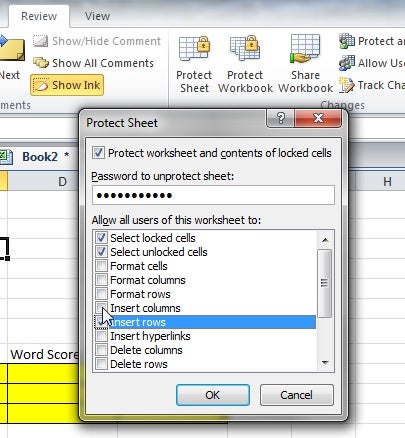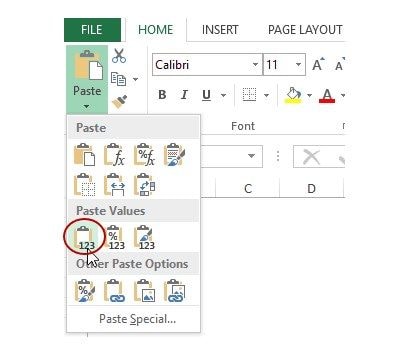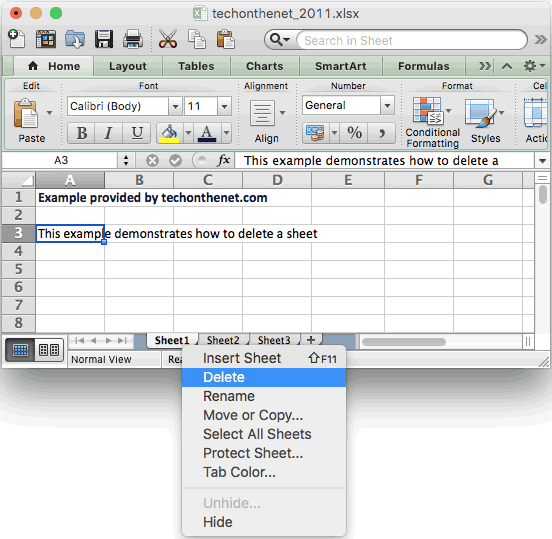- Excel For Mac Spreadsheet Very Slow To Respond Effectively
- Excel Very Slow To Respond
- Excel Spreadsheet Slow Response Time

Microsoft Office 365 users have been complaining for a long time that this software compendium runs very slow on their Mac platforms. The problem usually occurs after some time of the program’s usage. The users have reported that the offline versions i.e. Word, Excel and PowerPoint, all run way too slow on their systems.
Besides, to help narrow down if the issue is related to any third party add-ins, please try to start Excel in safe mode (Press Win + R, type 'excel /safe', press Enter.) and check if the problem persists. It is also recommended to have a check in the Event Viewer when the issue occurs, and see if anything useful would be recorded out there.
- The default setting in Excel 2013 is for your computer to use it’s graphics hardware to accelerate the program, but this can result in choppy cursor movement on your screen. If this is a problem that you are having with Excel 2013, then follow the steps in our guide below to disable the option and improve performance in the program.
- While following the above method of optimizing your Mac with CleanMyMac X is enough to remove any unnecessary clutter, the app’s sidebar menu offers even more options for increasing the speed of your Mac as well as a handy uninstaller for quick and thorough uninstallations of apps you don’t need anymore.
Excel For Mac Spreadsheet Very Slow To Respond Effectively
There are multiple solutions available on the web to tackle this issue. In the following lines, we’re reproducing a selection of the best ones.
Turn Off Spell Checker
If the slowdown issues occurs while you use Office 365 online then the best way to resolve it is by turning off Spell Checker, as the Spell Checker extension in Office 365 uses additional resources that lead to Mac slowing down. Turn it off and check whether this makes a difference. You can even disable it in the offline version by going to File | Options | Proofing. Now simply deselect all options which you deem to be unsuitable.
Conflicting Startup Items
Another reason the MS Office installation runs slow on Mac is because of the conflicts caused by various startup items. Solve this issue by moving the Startup items folder altogether.
You have to search for the folder named Startup items. This folder is only accessible if there is a software which is somehow utilizing the computer’s startup resources.
- Go to Safe Mode and open the Library folder.
- Now copy the Startup items folder to a destination of your choice.
- Restart Mac
Network Delays in an Active Directory Service Environment
Excel Very Slow To Respond
Delays in opening a document can also occur when the computer is connected to a domain through Active Directory. Make sure that routers are updated and also examine their speed. Try to disconnect the routers and retry opening the document to see if this helps.
Corrupt Service Discovery Protocol Configurations
The Service Delivery Protocols form an integral part of Office 365, and their corruption can lead to grave issues (including slowdowns). To see if the protocols are causing this issue, follow these steps:
- Head over to the Go menu and click Utilities.
- Start the Directory Access program.
- Click the Services tab.
- Enter login credentials of an administrator.
- Clear any checkboxes that are selected.
- Click Apply and then relock the Directory Access program.
- Close it.
- Now relaunch Office and re-test it to check if the document opens with a faster speed.
Insufficient Permissions
Files open very slow in the Office 365 app due to the lack of adequate privileges provided by the Mac. This can be fixed by using the Repair Disk Permissions feature.
- Open the Go menu and click Utilities.
- Now start the Disk Utility program.
- Select the primary hard disk of your Mac and select First Aid.
- Finally, click on Repair Disk Permissions.
Disable Mac OS X Firewall
Office 365 verifies its registration on every startup. For this reason, it connects to the Internet. The Mac OS X firewall can block Office from verifying the registration. In that case, it will stop responding for a few minutes and then close itself. Simply disable the firewall by:
Excel Spreadsheet Slow Response Time

- Click Sharing | Stop.
- Close the System Preference window.
- Finally, reboot MS Office.
Turn Off Automatic Graphics Switching
Users have reported that they were able to solve the problem by switching-off Automatic Graphics Switching.
- Close all the Office applications.
- Head over to Menu.
- Click System Preferences | Energy Saver.
- Now uncheck Automatic Graphics Switching.
Erase Duplicate Fonts
Sometimes, duplicate fonts can also cause Office 365 to run very slow on the computer. Resolve this issue to get rid of this sluggishness in Office 365 on Mac.
- Open the Font Book application.
- Under Edit, select Look for Enabled Duplicates.
- Delete any duplicates that are detected.
Disable third-party apps
You can also make Office 365 perform a lot faster on Mac by disabling any third-party apps that control the system.
- Click on Menu | System Preferences.
- Now select Security & Privacy.
- Now click the Privacy tab.
- Select Accessibility from the menu on the left menu.
- Disable it.
Reinstall Office 365
As a golden rule of thumb, if nothing else works you can always try out uninstalling and then performing a clean installation of the problematic software program under question. Hence, do the same for Office 365 and check the results.
This article will definitely make matters a lot easier for you in the quest to uninstall and re-install Office 365.
(2016 update – Lots of great recommendations in the comments. Check them out!)

There are a number of things that can cause an Excel spreadsheet to slow down. Sometimes, the spreadsheet can become unusable, requiring up to a minute for saving or even the most basic of changes. Here’s a brief checklist of the most frequent causes of Excel slowdowns.
(Have a spreadsheet slow-down that I haven’t described below? Let me know in the comments! Thanks! 🙂 -Rich)
- Network problems. If the spreadsheet is accessed over the network (local or remote), network issues can delay saving.
- Macros/VBA code. If you are using macros (or Visual Basic for Applications), make sure you don’t have unnecessary macros running, or macros that perform unnecessary calculations.
- Burdensome animation. Try disabling animation. 2003: Tools > Options > Edit > Turn off “Provide feedback with animation”. 2007: Excel Button > Excel Options > Advanced > General > Provide feedback with animation (uncheck)
- Complicated calculations. If you’re doing lots of calculations, you can disable auto-updating of these calculations. When you do so, your spreadsheet will not update until you explicitly desire (e.g. when you hit the F9 key). To disable auto-updating in 2007, go to the Excel Button > Excel Options > Formulas > Workbook Calculation, and select “Manual”.
- Duplicate Conditional Formatting Rules. Conditional formatting can be a processor-intensive task if your rules aren’t set up right. Manage your conditional formatting rules (2007) via the ribbon at Home > Conditional Formatting > Manage Rules… Try to consolidate similar rules into one rule (e.g. a rule for an entire column instead of a rule for each cell in the column)
- Funky Formatting. Formatting can really slow down a spreadsheet, especially on slower machines. Try removing all formatting: Removing All Formatting.
- Unnecessary junk. Sometimes, an Excel file can become backlogged with a bunch of unnecessary junk. Try saving as a CSV (comma-separated) file, which will strip out everything except for the data. (Make sure to not save over your original file in case this workaround does not, well, work! 🙂 )
- Unknown, but it seems to help sometimes. Install the Lookup Wizard add-in.
- Other issues. Do you know of another issue that causes Excel to slow down? Let me know in the comments!
Assorted helpful links:
